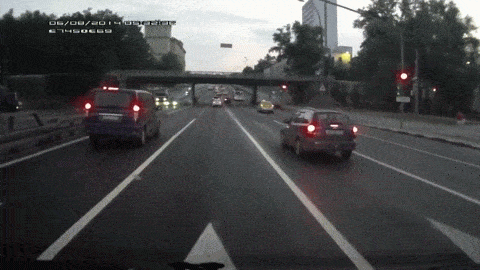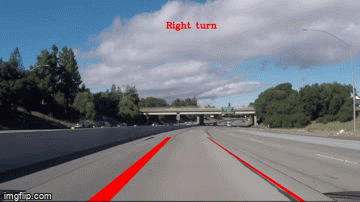According to World Health Organization each year, almost 1.35 million people are killed on roadways around the world and every day, almost 3,700 people are killed globally in road traffic crashes involving cars, buses, motorcycles, bicycles, trucks, or pedestrians. [1] According to the CDC, car crashes are a leading cause of death in the United States for people aged between 1–54 years. [2]
From the above-mentioned statistics, it is very evident that road traffic safety is very essential and lane-related actions, which include tailgating, unsafe lane changes, and cut-off tailgating, constitute an integral part of a driving assessment. While human error is not the sole cause of all 1.35M deaths but according to a study of Standford, human errors and deficiencies are the probable cause of 90-93% cases. [3] Therefore, a self-driving car might not eradicate a 100% road accident, but it could be better than a drunk and obnoxious driver or a distracted driver.
So, the increasing number of self-driving cars require an advanced driver assistance system (ADAS). Lane detection is the very first step for developing an advanced assistance system that can inform an unsafe lane change or unexpected situation. In this blog first I will discuss what is lane detection and why exactly we need this for autonomous vehicles.
What is Lane Detection?
It is a point of discussion of computer vision, machine learning, and deep learning field, applied in intelligent vehicle systems. Lane detection is being performed assuming a road marking in the road in a complex environment while it is being used to estimate the vehicle’s position and trajectory relative to the lane reliably. This task can be divided into steps:
- Edge Detection.
- Line Detection.
There are various methods available for Lane detection. Some of them are as follows:
- Dashcam Images
- Feature Extraction-Based Approach
- Model-Based Approach
- Data-Driven Approach to Lane Boundary and Region Detection.
Why Lane Detection?

As I have mentioned earlier in the article that the lane detection is one of the primary steps for autonomous vehicles while driving on road. Accurate detection of lanes leads to prevent collision of automobiles if it crosses lane confinement. Therefore, road safety for drivers and pedestrians is one of the main focuses while building an algorithm for self-driving cars. [4]
Though the intelligent system makes the travel safe, sometimes it might fail because of poor road conditions, inadequate quantity of paint used for marking the lane or environmental effects like shadows from things like trees or other automobiles, or street lights, day and nighttime conditions.
So, to deal with all the above-mentioned factors, the algorithm followed in the next few articles of mine is to detect lane markings on the road by giving the video of the road as an input to the system by using computer vision technology.












